To celebrate scientists and scientific advancements, we have collected a list of the most famous chemistry scientists that will inspire us for the greater good.
When it comes to chemistry, there are a number of famous scientists who have worked hard over their lifetimes to achieve the prestigious Nobel Prize in chemistry.
We scoured the internet for famous chemistry scientists and collected 23 of the most famous. We then ranked them according to their contributions and the awards they won.
Let’s dive in!
Table of Contents
Famous Chemistry Scientists
#23. Amedeo Avogadro (1776-1856): The Man Who Gave Us Avogadro’s Law
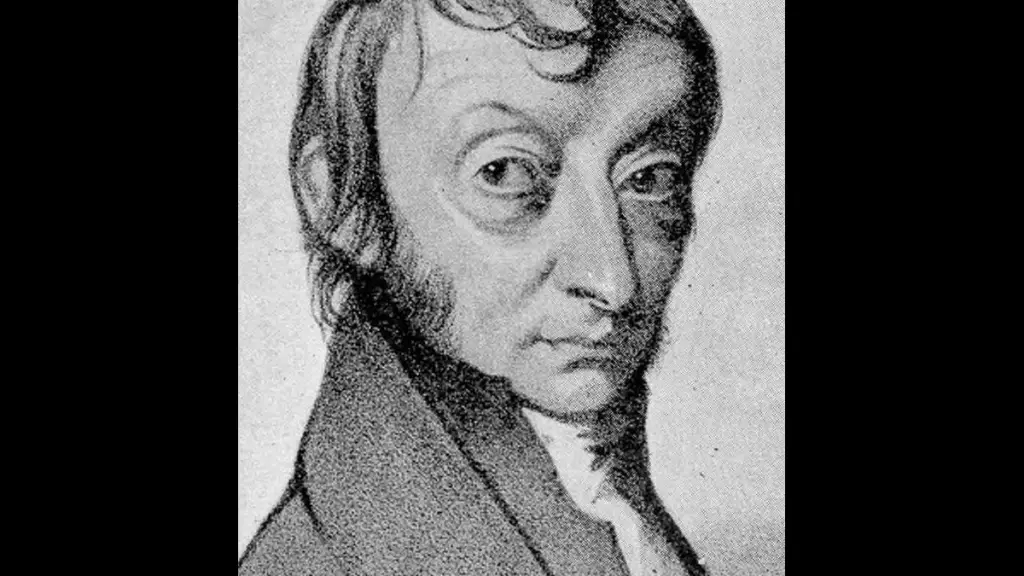
What makes Amedeo Avogadro famous?
Amedeo Avogadro is an Italian scientist who developed the molecular theory, which became Avogadro’s law. He was born in 1776 in Italy and died in 1856.
Avogadro’s Law states that equal volumes of gases at the same temperature and pressure have equal numbers of molecules. This is a fundamental law for scientists today.
[Source: Encyclopedia Britannica]
#22. Alessandro Volta (1745-1827): The Inventor of Electric Battery
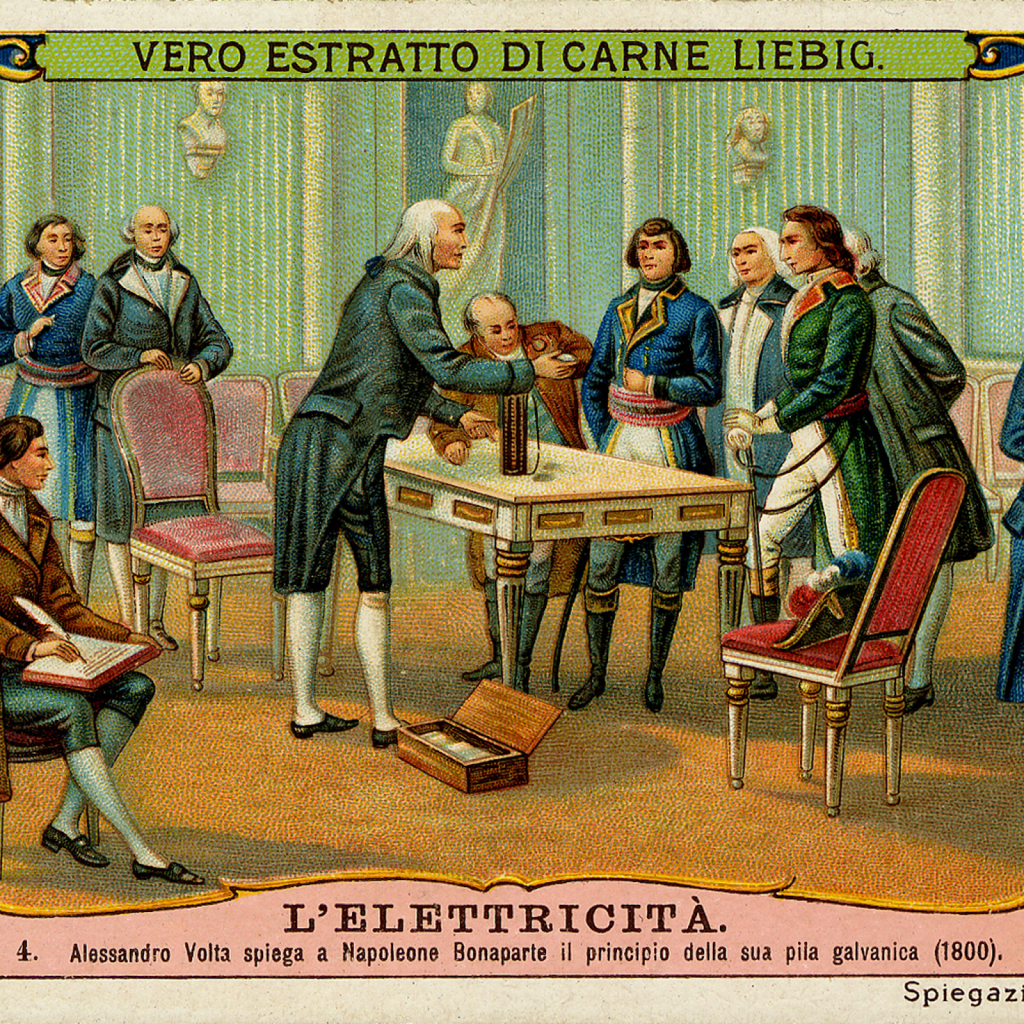
What makes Alessandro Volta famous?
Alessandro Volta was a chemist and physicist who is best known for inventing one of the first electric batteries, the Voltaic Pile. He also discovered methane—a gas commonly known for its presence in natural gas reserves and is used as a fuel source. Volta also had a Christian Science upbringing.
[Source: Encyclopedia Britannica]
#21. Jöns Jacob Berzelius (1779-1848): The Father of Swedish Chemistry
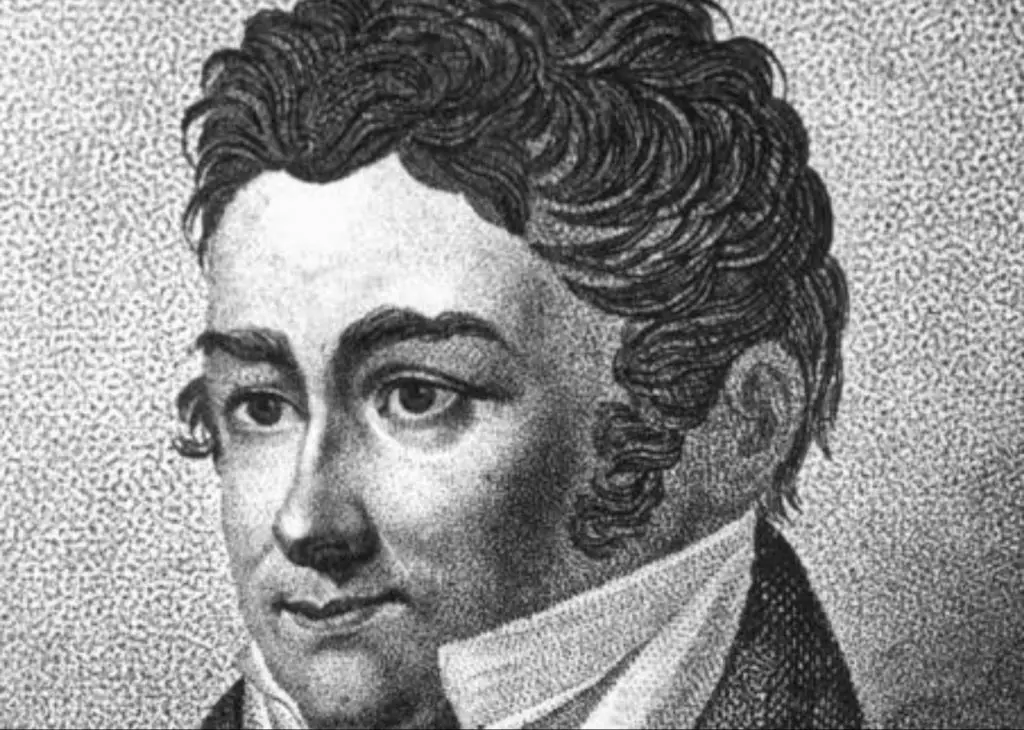
What makes Jonas Jacob Berzelius famous?
Jöns Jacob Berzelius was a Swedish scientist who made many contributions to chemistry. You probably already know his most famous discovery: he laid the ground for the Law of Constant Proportions.
But did you know that he also discovered two chemical elements? Berzelius discovered selenium and cerium. He didn’t stop there. This scientist also isolated thorium and silicon.
Besides his discoveries, he named several phenomena, including allotropy, isomerism, and catalysis.
[Source: Science History]
Similar Articles:
- 18 Famous Female Computer Scientists That You Should Know
- 17 Famous Modern Scientists That You Should Know
- 18 Famous Indian Scientists That You Should Know
#20. Antoine Lavoisier (1743-1794): The Father of Modern Chemistry
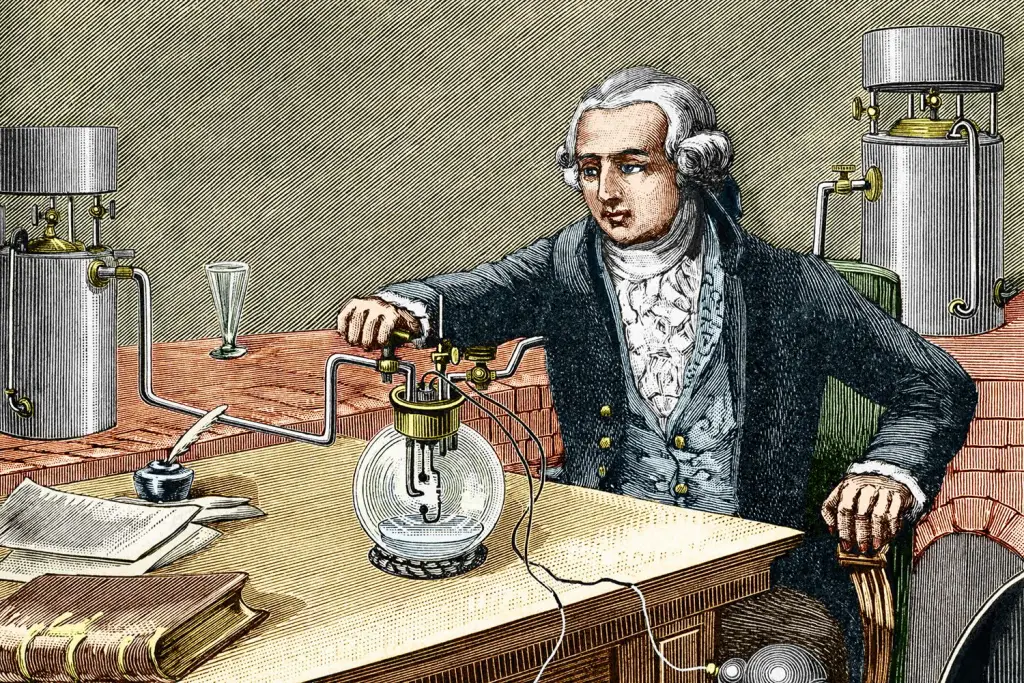
What makes Antoine Lavoisier famous?
Antoine Lavoisier was a French chemist and physicist who is best known for his scientific contributions to the chemical revolution of the 18th century. Lavoisier was born in Paris on August 26, 1743. He studied at College Mazarin (now University of Paris), where he developed a love for science.
Lavoisier’s most famous work involves identifying and naming hydrogen and oxygen. He is also well-known for discovering oxygen’s role in combustion. Lavoisier’s contribution to the development of the metric system resulted in an international system that is more efficient than the local measurement units.
In addition to his work in chemistry, Lavoisier believed strongly in Jesus Christ and the Scripture as an accurate source of knowledge about God’s creation, which explains his interest in studying science.
What is the best Antoine Lavoisier quote?
“Nothing is lost, nothing is created, everything is transformed.”
[Sources: Encyclopedia Britannica, New Advent]
#19. Dmitri Mendeleev (1834-1907): The Man Who Created The Periodic Table of Elements

What makes Dmitri Mendeleev famous?
Dmitri Mendeleev was a Russian chemist who, in 1869, created a version of the periodic table and predicted three new chemical elements.
Mendeleev’s first periodic table (or “Mendeleev table”) described the properties of chemical elements based on their atomic numbers.
His work was not well received by many scientists at the time—some even called it “speculation” and “untrue.” Dmitri Mendeleev correctly predicted gallium, germanium, and scandium.
[Source: Encyclopedia Britannica]
#18. Joseph Black (1728-1799): Pioneer of Modern Chemistry
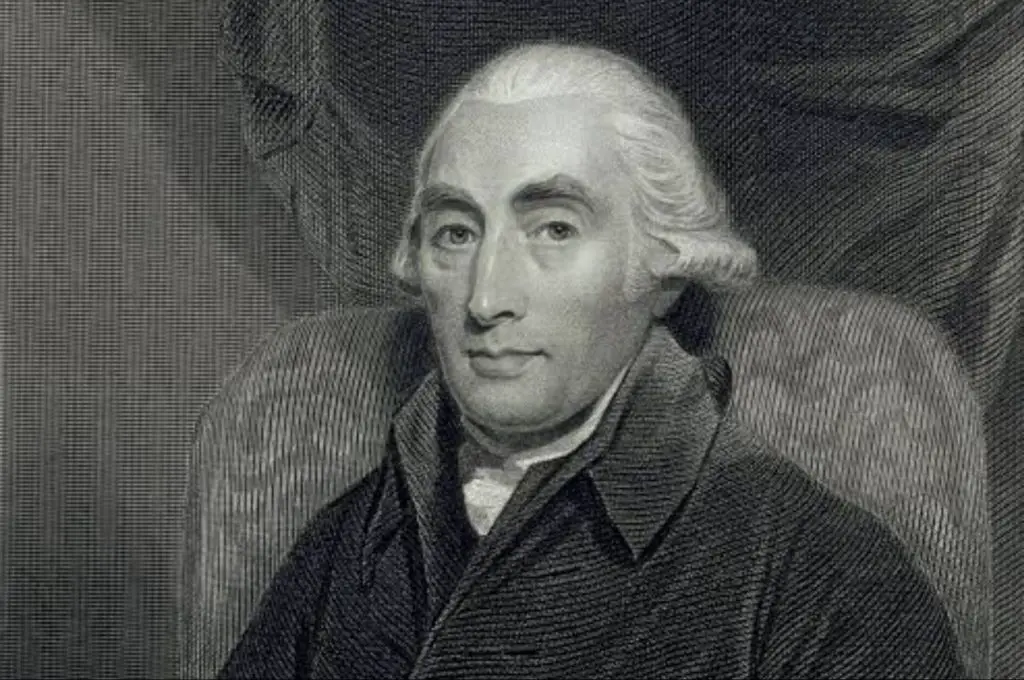
What makes John Black famous?
John Black—a Scottish scientist— was an important figure in the history of chemistry. He was born in France in 1728. He made important discoveries in physics and chemistry, including latent heat, magnesium, carbon dioxide, and specific heat.
His most famous discovery is latent heat—energy stored within a substance when it is in a state of a greater order than its surroundings. John Black discovered that although water expands when it freezes, it does not release this energy until it melts again, which means that ice has more latent heat than water.
[Source: Encyclopedia Britannica]
Similar Articles:
- 20+ Famous Physics Scientists That You Should Know
- 20+ Famous Mexican Scientists That You Should Know
- 18 Famous Medical Scientists That You Should Know
#17. Joseph-Louis Gay-Lussac (1778-1850): One of The Fathers of Modern Chemistry
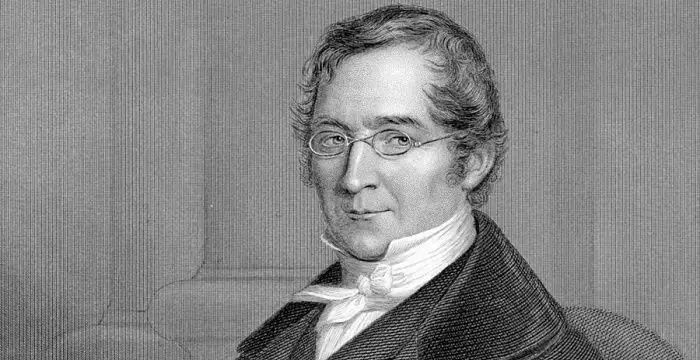
What makes Joseph-Louis Gay-Lussac famous?
Joseph-Louis Gay-Lussac was a French chemist who made many contributions to the field of chemistry. He is most famous for discovering the composition of water—one part oxygen and two parts hydrogen.
Gay-Lussac’s name became synonymous with gas laws when he published his law in 1809. In this law, he stated that the volume of an ideal gas is proportional to its pressure and temperature. This law has been used ever since as an important foundation for understanding gases.
[Source: Science History Institute]
#16. Kathleen Lonsdale (1903-1971): One of The Most Famous Crystallographers in The World

What makes Kathleen Lonsdale famous?
When it comes to crystallography, Kathleen Lonsdale was a rockstar. She worked in the field in the 19th century, and her work has been instrumental in the study of hydrocarbons.
Her breakthrough came when she explained the structure of hydrocarbons—Melitene. She did so using Fourier spectral methods and provided evidence that benzene had a flat ring.
Kathleen Lonsdale also used these methods to study hexachlorobenzene’s structure, which was the first time anyone had done so.
[Source: Royal Society of Chemistry]
#15. Henry Cavendish (1731-1810): The First Person to Identify Hydrogen

What makes Henry Cavendish famous?
Henry Cavendish, one of the greatest scientific minds of all time, was born in 1731. He is best known for discovering hydrogen and studying its composition in air.
Cavendish was also a pioneer in the field of chemistry, as he developed the Cavendish experiment that produced correct experimental results for the measurements of gravity between masses.
[Source: Encyclopedia Britannica]
Similar Articles:
- 30 Famous Russian Scientists That You Should Know
- 17 Famous Chinese Scientists That You Should Know
- 18 Famous Latino Scientists That You Should Know
#14. Robert Bunsen (1811-1899): The Man Who Revolutionized Chemistry

What makes Robert Bunsen famous?
Robert Bunsen was a German chemist who is most famous for studying the emission spectra of chemical elements. Bunsen’s work on the emission spectrum of elements is essential in spectroscopy, which is the study of light using its wave properties.
He also discovered two elements: Rubidium and Cesium. This scientist went further to pioneer photochemistry, which is the study of how light interacts with chemical compounds.
In addition to his work in chemistry, Robert Bunsen made significant contributions to the development of the Bunsen burner—an apparatus used for heating and distilling liquids that use flames rather than heat generated by friction or other means.
[Source: Encyclopedia Britannica]
#13. Mario Molina (1943-2020): Discovered The Effects of CFCs on The Ozone Layer
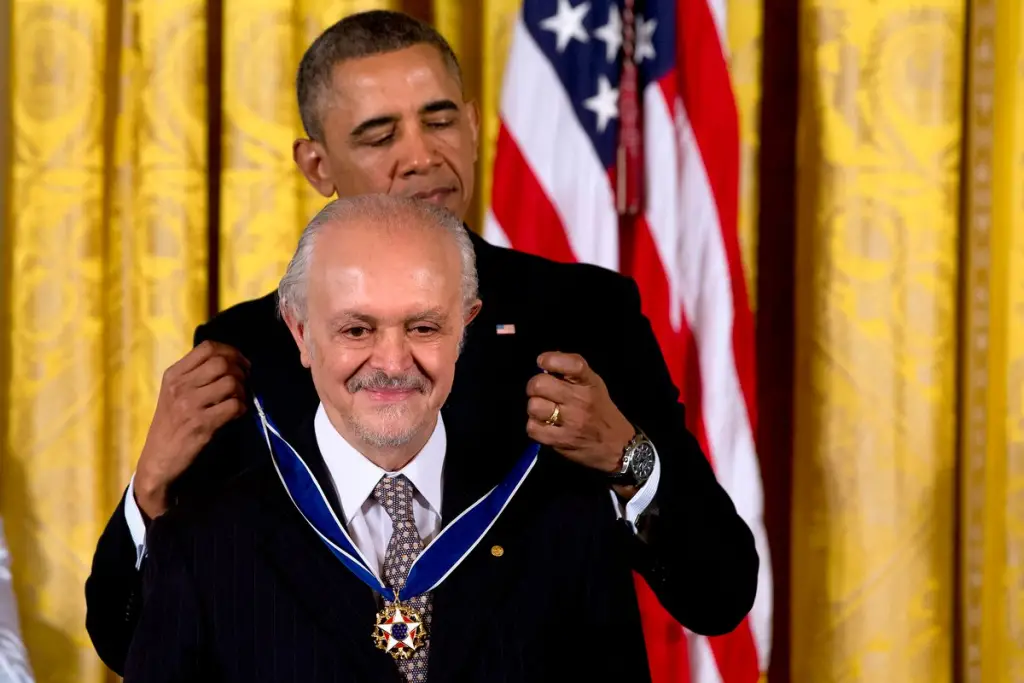
What makes Mario Molina famous?
Mario Molina was a Mexican chemist and professor of chemistry at the Massachusetts Institute of Technology. He was born in Mexico City, where he went for basic studies.
With Sherwood Rowland, Maria Molina discovered the effects of Chlorofluorocarbon gases on the ozone layer.
This Mexican scientist has been awarded numerous prizes for his work over the years, including the Nobel Prize in Chemistry (with F. Sherwood Rowland and Paul Crutzen)
What is the best Mario Molina quote?
“Finding out for myself, for the first time, how something works is really an enormous driving force.”
[Source: Nature]
#12. Emil Fischer (1852-1919): The Second Nobel Prize Winner in Chemistry
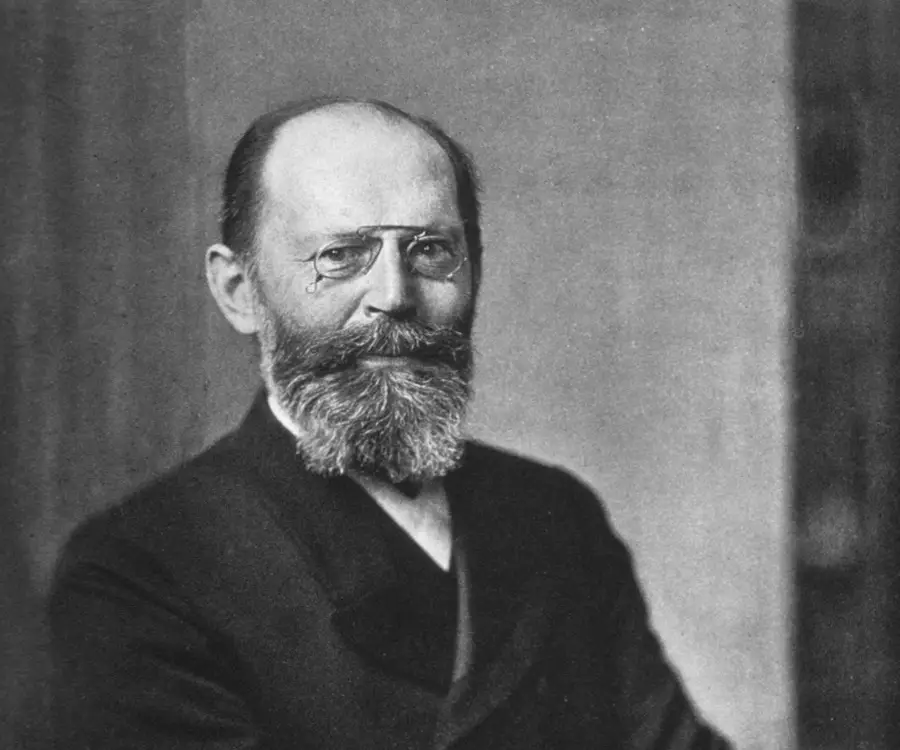
What makes Emil Fischer famous?
Emil Fischer was a German chemist who was born in 1852. He was famous for developing the Fischer esterification and Fischer projection for drawing carbon atoms.
His research focussed on esters, which are compounds formed when an acid (such as vinegar) is combined with an alcohol (such as ethanol). These are a common commodity in our lives—they’re found in everything from shampoo to sunscreen to cough syrup, and they’re used to make things like talcum powder and perfume.
Fischer’s work on esters helped him win his Nobel Prize in Chemistry in 1902. His legacy continues today with the formation of ester-based detergents, medicines, and food additives, among other things.
[Source: The Nobel Prize]
Similar Articles:
- 20+ Famous French Scientists That You Should Know
- 13 Famous Mad Scientists That You Should Know
- 30+ Famous Creationist Scientists That You Should Know
#11. Gilbert N. Lewis (1875-1946): The Scientist Who Was Controversially Denied A Nobel Prize
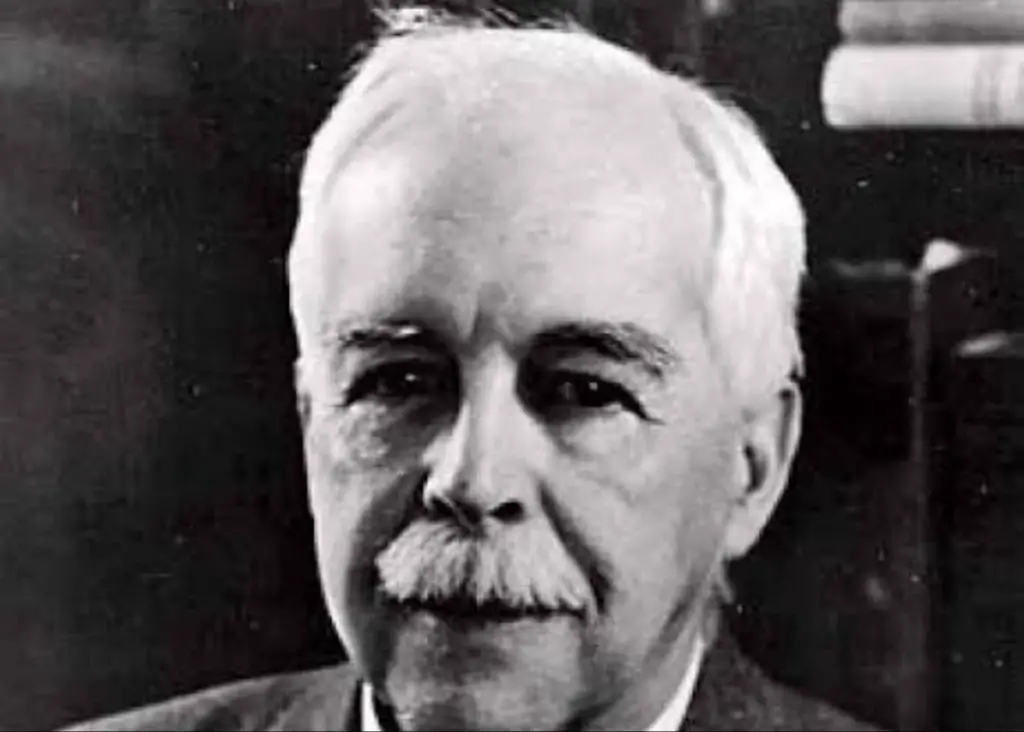
What makes Gilbert N. Lewis famous?
Gilbert N. Lewis was an American chemist who made many important discoveries in the field of chemistry. He was born in Weymouth, Massachusetts, in 1875.
One of his most famous discoveries was the covalent bond, which he came up with while at Harvard. Before this, chemists believed that atoms were separate and distinct from each other—they were thought to be small particles that could not be broken apart, even by heat and other forms of energy.
Lewis discovered that these atoms are actually made up of electrons held together by shared pairs of electrons. This discovery led to his development of the electron pairs concept, which explains how chemical reactions happen at the molecular level.
He also contributed to theories that explain chemical bonding, including valence bond theory. Lewis introduced the term photon to radioactivity when he discovered it when researching quantum physics and relativity.
Gilbert Lewis came up with the theory of the cubical atom. Other scientists such as Irving Langmuir later expanded and popularized this theory.
Although he didn’t win the Nobel Prize, he influenced several scientists who went on to win this award during his days at the University of California, Berkeley. These scientists include Willard Libby, William Giauque, and Harold Urey.
[Source: Encyclopedia Britannica]
#10. Fredrick Sanger (1918-2013): One of The Foremost Experts in DNA Sequencing

What makes Fredrick Sanger famous?
Fredrick Sanger was a British scientist famous for his contributions to understanding nucleic acid sequences and protein structures.
He remains the only first person to win two Nobel Prizes in Chemistry, one in 1958 for his work on protein structures and another in 1980 for his work on nucleic acids.
What is the best Frederick Sanger quote?
“Scientific research is one of the most exciting and rewarding of occupations.”
[Source: The Nobel Prize]
#9. Irving Langmuir (1881-1957): A Nobel Laureate And Engineer
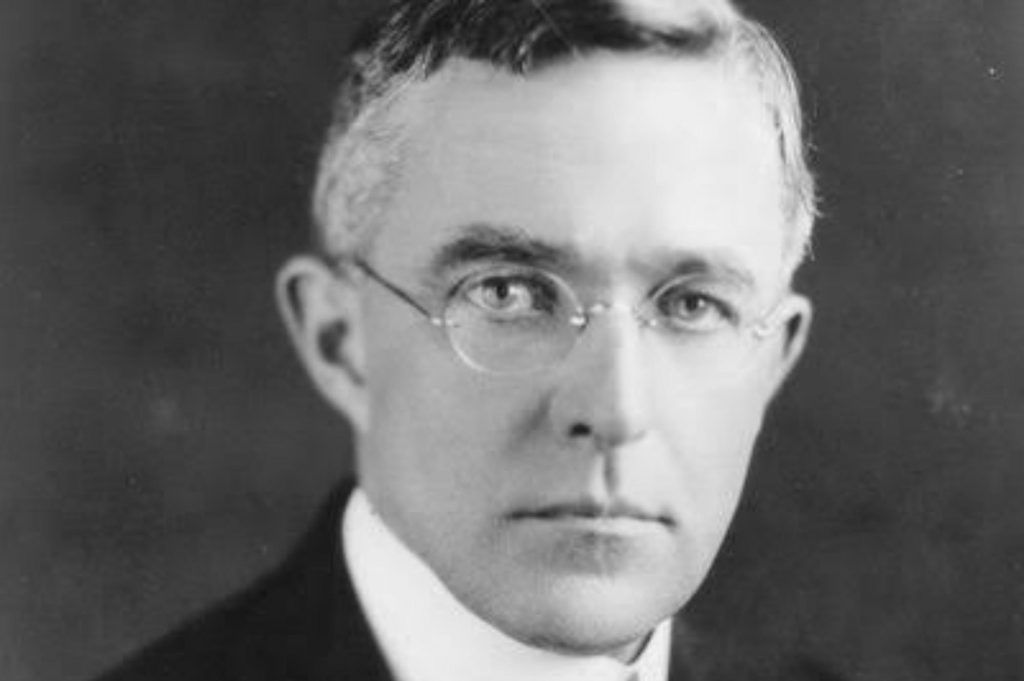
What makes Irving Langmuir famous?
Irving Langmuir was an American scientist who won the 1932 Nobel Prize in Chemistry for his work on surface chemistry. He was born in Brooklyn in 1881 and died in Woods Hole, Massachusetts.
Langmuir is probably best known for his work on the theory of cubical atoms, which was first published by Gilbert N. Lewis. He popularized this theory through his top-notch presentation skills.
What is the best Irving Langmuir quote?
“A chemist who does not know mathematics is seriously handicapped.”
[Source: The Nobel Prize]
#8. Harold Clayton Urey (1893-1981): One of The Scientists Who Developed The Atomic Bomb That Stop World War II
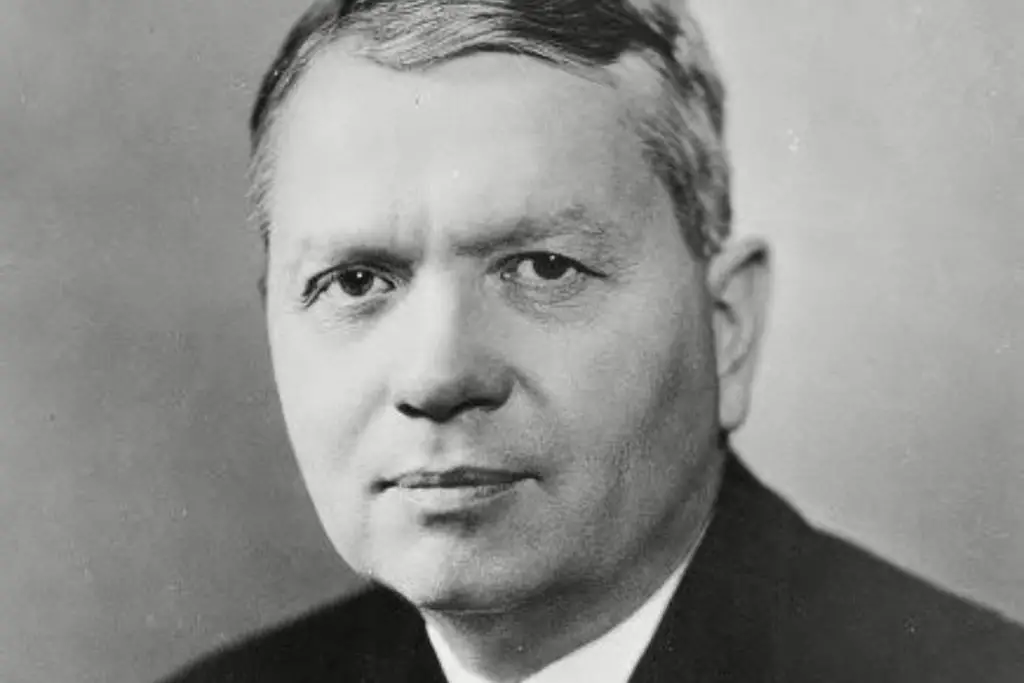
What makes Harold Clayton Urey famous?
Harold Clayton Urey, who was born in 1893 in Walkerville, Indiana, rose to become a household name in physical chemistry. He is best known for conducting groundbreaking research on isotopes and discovering the hydrogen isotope deuterium.
In 1934, he won the Nobel Prize in Chemistry for his work on isotopes. In addition to his discoveries, he also contributed to the creation of the atom bomb during World War II.
What is the best Harold Clayton Urey quote?
“Life is not a miracle. It is a natural phenomenon, and can be expected to appear whenever there us a planet whose conditions duplicate those of earth.”
[Source: The Nobel Prize]
#7. William Francis Giauque (1895-1982): A Nobel Laureate
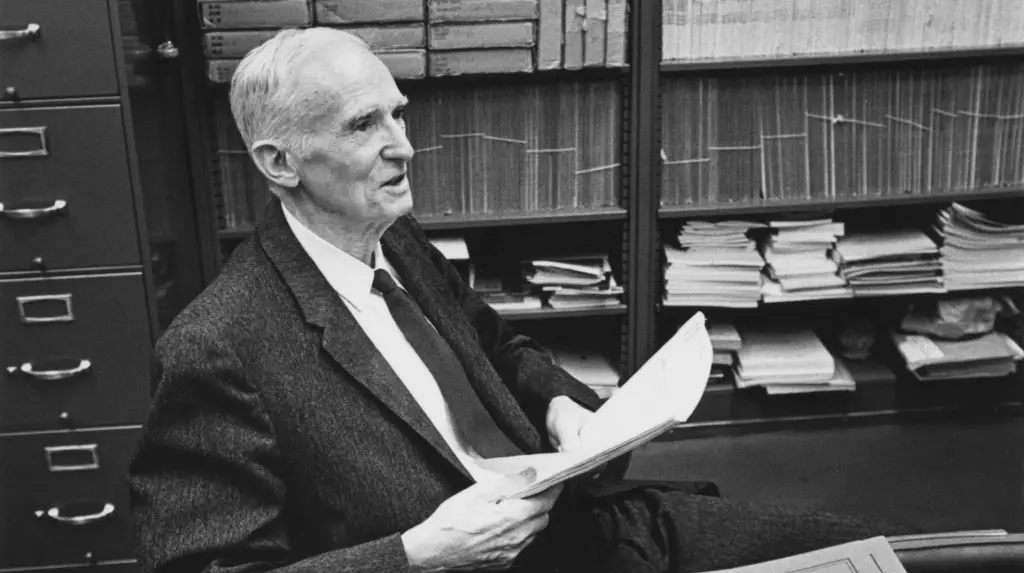
What makes William Francis Giauque famous?
William Francis Giauque —an American chemist—was born in 1895 in Ontario, Canada. He studied chemistry at the University of California and spent almost his entire career in this institution.
Giauque is best known for his experiments that involved studying the properties of matter at very low temperatures—close to absolute zero. These experiments led him to discover several important things about molecular structure.
In 1949, he won the Nobel Prize in Chemistry for his work on the properties of matter at these low temperatures.
[Source: The Nobel Prize]
#6. Willard Frank Libby (1908-1980): Father of Radiocarbon Dating

What makes Willard Frank Libby famous?
The good old days. Yeah, you know what I’m talking about: the golden age of science when great men and women struggled to find answers to endless questions about the universe. The era of Willard Libby.
He was born in Grand Valley, Colorado, in 1908. Libby went on to study chemistry at the University of California, Berkeley, earning his doctorate in 1933. His studies of radiocarbon dating were so groundbreaking that he won the Nobel Prize for Chemistry in 1960.
Libby’s work had a major impact on paleontology and archeology. He made fundamental contributions to these fields through his research and writing on carbon-14 dating techniques.
Numerous scientists have praised his work since it was first published in 1949.
What is the best Willard Frank Libby quote?
“Most achievements in science are to a certain degree group efforts.”
[Source: The Nobel Prize]
#5. Dorothy Hodgkin (1910-1994): A Nobel Prize-Winning Chemist

What makes Dorothy Hodgkin famous?
Dorothy Mary Crowfoot Hodgkin was an Egyptian-born British chemist who won the Nobel Prize in chemistry in 1964 for her research on the structures of important biochemical substances.
Hodgkin’s research focused on determining the structures of complex molecules by analyzing how they diffract X-rays. She solved several important problems related to protein structure, including that of penicillin and vitamin B12.
In addition to winning the Nobel Prize in chemistry, Hodgkin was named a fellow of the Royal Society and awarded many honorary degrees from universities around the world.
What is the best Dorothy Hodgkin quote?
“I was captured for life by chemistry and by crystals.”
[Sources: Encyclopedia Britannica, The Nobel Prize ]
#4. Ernest Rutherford (1871-1937): Father of Nuclear Physics and Nuclear Chemistry

What makes Ernest Rutherford famous?
Ernest Rutherford is one of the most famous scientists in history. He was born in 1871 in Brightwater, New Zealand.
Rutherford was a nuclear physicist who conducted experiments on radioactivity and discovered that matter breaks down into smaller pieces over time. He won the Nobel Prize for his work on radioactivity in 1908, becoming the first person to win it from an Oceanian country.
Ernest Rutherford’s other notable achievements include discovering that alpha and beta radiation were two different kinds of particles and that they both had different half-lives (alpha particles have a longer half-life than beta particles).
What is the best Earnest Rutherford quote?
“If your experiment needs statistics, you ought to have done a better experiment.”
[Source: The Nobel Prize]
#3. Marie S. Curie (1867-1934): A Pioneer in Radioactivity
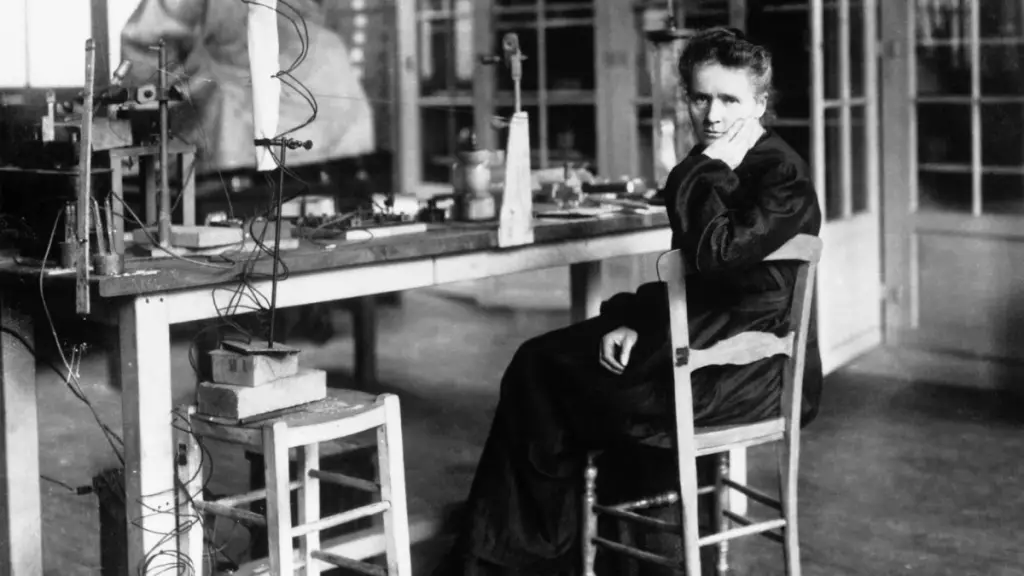
What makes Marie Curie famous?
Marie Curie was a Polish-born scientist who studied the phenomenon of radioactivity. She was the first female scientist to receive a Nobel Prize, which she won in 1903 and 1911.
Curie is best known for her research on radiation and radioactivity, which won her two Nobel Prizes: one for chemistry and one for physics. She contributed to the race for cancer treatment. Marie Curie is also famous for discovering radium and polonium.
Pierre and Marie Curie are the first couple to win a Nobel Prize.
She holds many firsts, including:
- the only woman in the Brussels’ Solvay Conference.
- the first woman to win a Nobel Prize.
- the first person to win two Nobel Prizes.
- the first person to win the prize in two distinct fields.
She died in 1934 from aplastic anemia, which was likely caused by exposure to radiation during her career.
What is the best Marie Curie quote?
“Nothing in life is to be feared, it is only to be understood. Now is the time to understand more, so that we may fear less.”
[Sources: Encyclopedia Britannica, News Think]
#2. Linus Pauling (1901-1994): A Pioneering Scientist Who Defied The Odds To Win Two Nobel Prizes

What makes Linus Pauling famous?
There are a lot of reasons to be inspired by Linus Pauling.
Born in Portland, Oregon, he became one of the most influential American scientists in history. His work helped revolutionize our understanding of the chemical bond and its properties, leading to various breakthroughs in medicine and science.
He also played a big part in creating synthetic plasma, which is now used in many modern technologies.
His research on proteins would prove life-changing. He found evidence that abnormal hemoglobin was the cause of sickle cell anemia. This discovery opened the door to more research on molecular genetics.
Linus Pauling was also an outspoken proponent of nuclear disarmament. He won two Nobel Prizes for his efforts to promote peace and groundbreaking scientific research.
What is the best Linus Pauling quote?
“The best way to have a good idea is to have a lot of ideas.”
[Source: Nobel Prize]
#1. Alfred Nobel (1833-1896): The Founder of Nobel Prizes

What makes Alfred Nobel famous?
Yes, the Nobel Prize is named after Alfred Nobel.
the Swedish chemist who managed an impressive 355 patents during his lifetime.
Alfred’s most famous invention was dynamite, which he developed using nitroglycerin and an absorbent substance patented in 1867.
It was a breakthrough in the field of explosives, giving us everything from fireworks to blasting caps.
Dynamite was popular because it allowed people to blow up things without getting hurt—and it wasn’t just for fun! Dynamite was useful in demolition, construction, mining, and quarrying.
But Alfred’s most crucial contribution was establishing the Nobel Prize, which honors those who make significant contributions to society through their work in physics, chemistry, peace, medicine, or literature.
The Noble Prize: In 1968, the Swedish central bank, Sveriges Riksbank, established the Nobel Prize in Economics.
What is the best Alfred Nobel quote?
“If I have a thousand ideas and only one turns out to be good, I am satisfied.”
[Source: The Nobel Prize]
Final Thoughts
Whether you’re pursuing chemistry as a career or simply curious about the topic, it’s helpful to learn about those who made the field what it is today.
These individuals continue to inspire generations of chemists, and without them, this vital area of science would look very different. Who do you think we should add to this list? Let us know in the comment section below.


